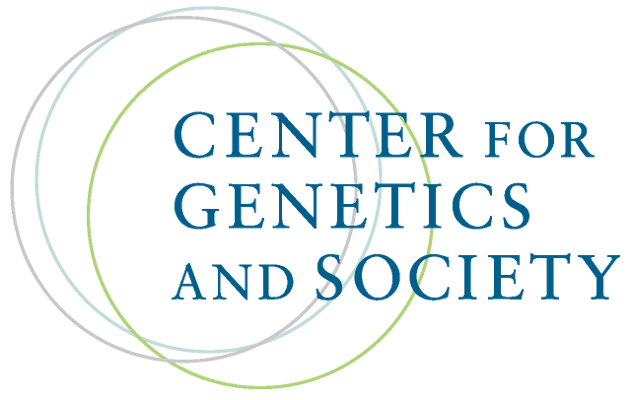Most of What you Read was Wrong: How Press Releases Rewrote Scientific History
By John Timmer,
ARS Technica
| 09. 10. 2012
This week, the ENCODE project released the results of its latest attempt to catalog all the activities associated with the human genome. Although we've had the sequence of bases that comprise the genome for over a decade, there were still many questions about what a lot of those bases do when inside a cell. ENCODE is a large consortium of labs dedicated to helping sort that out by identifying everything they can about the genome: what proteins stick to it and where, which pieces interact, what bases pick up chemical modifications, and so on. What the studies can't generally do, however, is figure out the biological consequences of these activities, which will require additional work.
Yet the third sentence of the lead ENCODE paper contains an eye-catching figure that ended up being reported widely: "These data enabled us to assign biochemical functions for 80 percent of the genome." Unfortunately, the significance of that statement hinged on a much less widely reported item: the definition of "biochemical function" used by the authors.
This was more than a matter of semantics. Many...
Related Articles
By Liyan Qi and Jonathan Cheng, The Wall Street Journal | 03.26.2025
photo via Wikimedia Commons licensed under CC by 3.0
Chinese scientist He Jiankui set off global outrage and landed in prison after he skirted ethical guidelines and claimed he had produced genetically modified babies designed to resist HIV infection.
Now, the self-styled ...
By Peter Wehling, Tino Plümecke, and Isabelle Bartram
| 03.26.2025
This article was originally published as “Soziogenomik und polygene Scores” in issue 272 (February 2025) of the German-language journal Gen-ethischer Informationsdienst (GID); translated by the authors.
In mid-November 2024, the British organization Hope not Hate published its investigative research ‘Inside the Eugenics Revival’. In addition to documentating an active international “race research” network, the investigation also brought to light the existence of a US start-up that offers eugenic embryo selection. Heliospect Genomics aims to enable wealthy couples to...
By Carsten T. Charlesworth, Henry T. Greely, and Hiromitsu Nakauchi, MIT Technology Review | 03.25.2025
Why do we hear about medical breakthroughs in mice, but rarely see them translate into cures for human disease? Why do so few drugs that enter clinical trials receive regulatory approval? And why is the waiting list for organ transplantation...
By Anna Louie Sussman, The New York Times | 03.25.2025
On June 24, 2022, the same day the Supreme Court issued its decision in Dobbs v. Jackson Women’s Health Organization, I received a call from the fertility clinic where I’d been undergoing in vitro fertilization, informing me that seven of...



